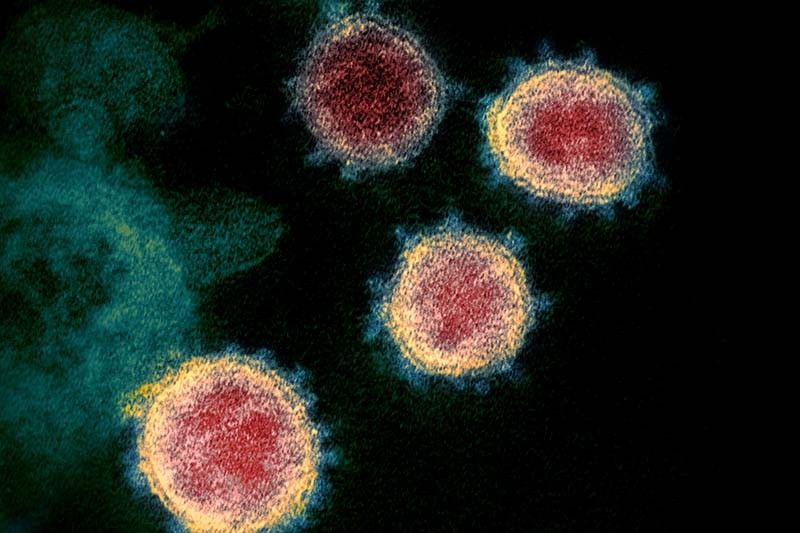Talking as bad as coughing in spreading COVID-19 indoors, research suggests

MANILA, Philippines — The quiet game could end up saving lives.
Scientific research suggests that speaking poses a similar risk to coughing in spreading SARS-CoV-2, the virus which causes COVID-19, in indoor settings.
In The Royal Society’s physical sciences research journal "Proceedings of the Royal Society A," University of Cambridge professor Pedro Magalhães de Oliveira and his colleagues found it was unsafe to stand without a face mask two meters away from an infected person who is either coughing or talking.
This is due to infected members of the population spreading the virus through liquid particles ranging in size from larger "respiratory droplets" to smaller "aerosols."
“You need masks, you need distancing and you need good ventilation so these particles don’t build up in an indoor space and they are safely removed,” de Oliveira said.
The said researchers developed models to assess and mitigate the risk posed by respiratory droplets and aerosols. The models incorporate the size and makeup of droplets that infected people emit when they cough or talk, as well as the time its takes for these to settle.
Their results indicate that particles expelled by infected individuals take only a few seconds to travel beyond two meters.
The total aerosol left after an infected individual has spoken for half a minute contains more viral mass than a single cough, which the team said could be enough to spread COVID-19 in small and unventilated spaces.
Infection still depends on factors like wearing of masks, if the situation is indoors or outdoors, ventilation and the distance between people involved, according to de Oliveira.
Scientific Advisory Group for Emergencies member and University of Leeds professor Catherine Noakes welcomed the study but clarified that the results are still based on certain assumptions.
“It is likely that the results represent realistic worst-case scenarios as the model uses quite a high viral load as one of the assumptions, and this has a significant influence on the risk that is predicted,” Noakes said.
The United States Centers for Disease Control and Prevention (CDC) and World Health Organization both list talking as a method of spreading COVID-19. — With reports from The Guardian




















